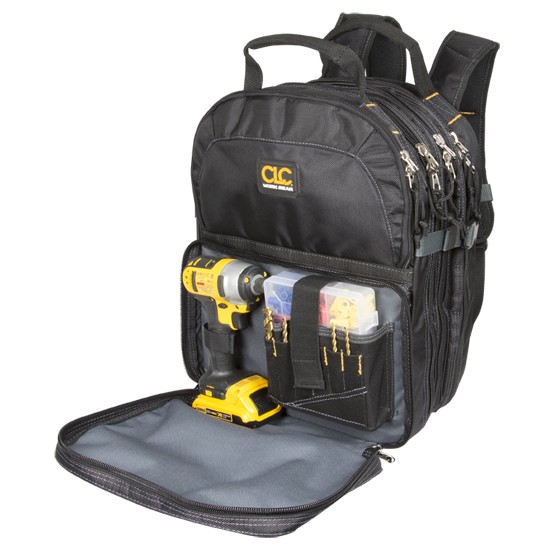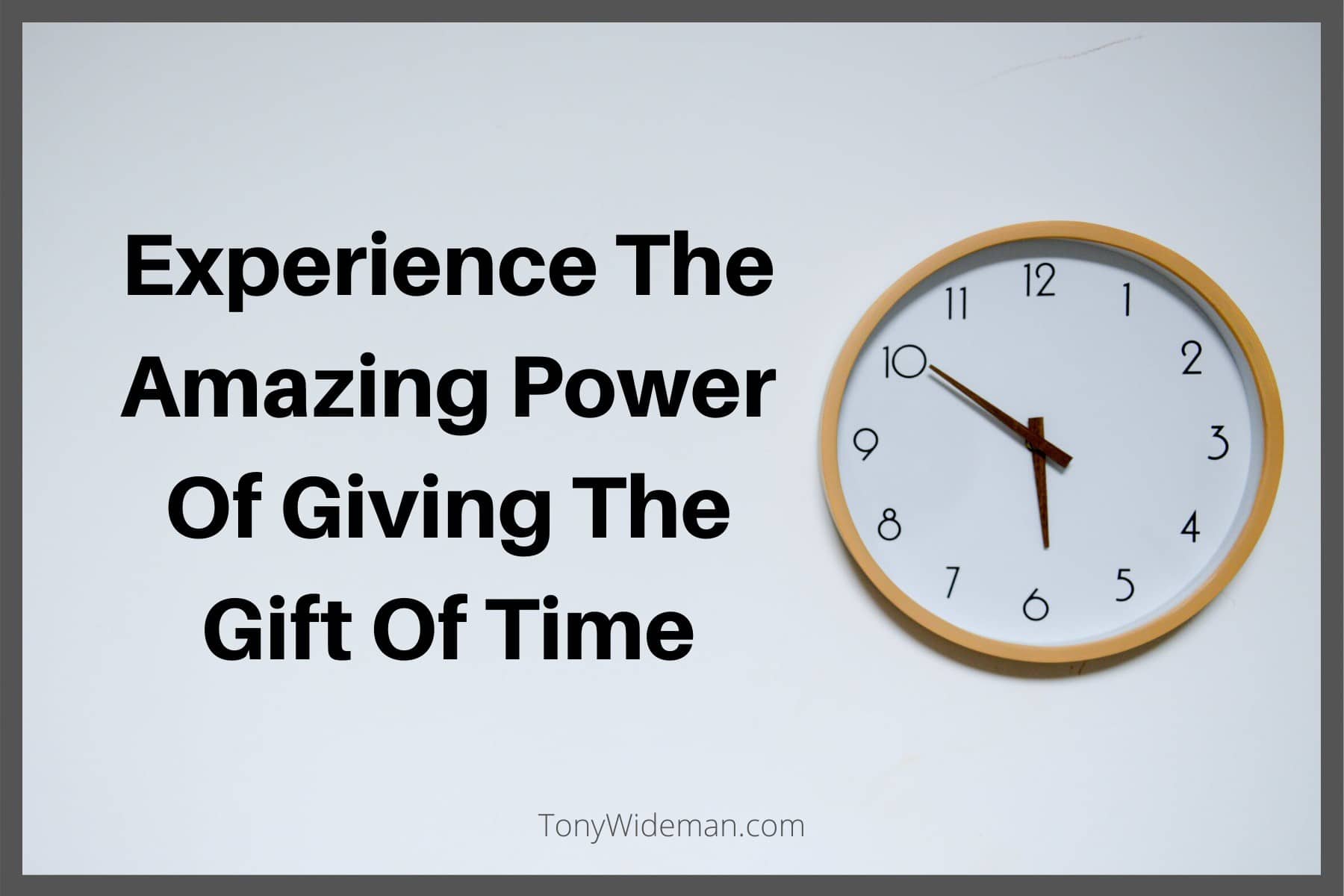Finding The Minimalist Workflow To Propel Your Days On Autopilot

In this fast-paced world, where distractions abound and time seems to slip through our fingers, finding an efficient workflow can be a game-changer.
The minimalist approach to productivity offers a solution by focusing on essential tasks, decluttering the mind, and creating a sense of calm.
By streamlining your daily routine and embracing simplicity, you can propel your days on autopilot, allowing you to accomplish more while reducing stress.
In this post, we will explore the concept of a minimalist workflow and provide practical tips to help you implement it in your life.
1. Introduction: Embracing Minimalism
In a world filled with information overload and constant demands for our attention, minimalism offers a refreshing approach to living and working.
It encourages us to focus on what truly matters and eliminate the excess that weighs us down. By embracing minimalism, we can create more space for productivity, creativity, and well-being.
2. Understanding the Minimalist Workflow
The minimalist workflow is a system that revolves around simplicity, efficiency, and intentionality.
It involves cutting out non-essential tasks and distractions, organizing your time and resources, and creating a structured routine that allows you to work on what truly matters.
By streamlining your workflow, you can optimize your productivity and achieve a sense of flow in your daily activities.
3. Clearing the Mental Clutter
One of the first steps in finding a minimalist workflow is clearing the mental clutter. Our minds are often filled with a constant stream of thoughts, worries, and distractions that hinder our focus and productivity.
To declutter your mind, consider practicing mindfulness techniques such as meditation or journaling. These activities can help you become more aware of your thoughts and emotions, allowing you to let go of unnecessary mental baggage.
4. Prioritizing Tasks: The Eisenhower Matrix
To make the most of your time and energy, it’s crucial to prioritize tasks effectively. The Eisenhower Matrix, named after former U.S. President Dwight D. Eisenhower, is a valuable tool for task management. It categorizes tasks into four quadrants based on their urgency and importance:
Buy me a coffee- Quadrant 1: Urgent and Important – Tasks that require immediate attention and have a significant impact on your goals.
- Quadrant 2: Not Urgent but Important – Tasks that contribute to long-term goals and personal growth.
- Quadrant 3: Urgent but Not Important – Tasks that demand immediate attention but have little or no long-term value.
- Quadrant 4: Not Urgent and Not Important – Tasks that are time-wasting and provide little value.
By focusing on Quadrant 1 and Quadrant 2 tasks, you can prioritize your efforts and avoid wasting time on less important activities.
5. Single-Tasking for Focus and Efficiency
In a world that glorifies multitasking, adopting a single-tasking approach can significantly boost your productivity.
Multitasking often leads to decreased focus and reduced efficiency as our attention is divided among different tasks. Instead, focus on one task at a time, giving it your full attention and dedication.
This approach allows you to work more efficiently, produce higher-quality results, and experience a greater sense of accomplishment.
6. Automating Repetitive Tasks
Repetitive tasks can consume a significant amount of time and mental energy. Look for opportunities to automate such tasks using technology and tools.
For example, email filters and canned responses can streamline your inbox management, while task management apps can help you create recurring reminders.
By automating repetitive tasks, you free up valuable time and mental space for more meaningful work.
7. Minimizing Digital Distractions
Digital distractions, such as social media notifications and email alerts, can be major productivity killers.
Take proactive steps to minimize these distractions by turning off unnecessary notifications, setting specific times for checking emails and social media, and using website blockers during focused work sessions.
Creating boundaries with technology allows you to maintain your focus and engage more deeply with your work.
8. Creating a Physical and Digital Workspace
The environment in which you work can significantly impact your productivity and focus. Design a physical workspace that is clean, organized, and free from unnecessary clutter.
Keep only the essential items within reach and remove any distractions. Similarly, organize your digital workspace by decluttering your computer desktop, organizing files into logical folders, and optimizing your digital tools for efficiency.
9. Utilizing Time Blocking
Time blocking is a powerful technique that involves allocating specific time blocks for different tasks or categories of work. By scheduling dedicated time for specific activities, you create a structured routine that allows you to focus on one task at a time.
Use a calendar or productivity app to block out time for deep work, meetings, breaks, and personal activities. Time blocking helps you manage your time effectively and prevents tasks from encroaching on each other.
10. Practicing Mindfulness for Increased Productivity
Mindfulness is the practice of being fully present and engaged in the current moment. By cultivating mindfulness, you can enhance your productivity and well-being.
Incorporate mindfulness techniques into your daily routine, such as mindful breathing exercises, body scans, or mindful walks.
These practices can help you stay centered, reduce stress, and approach your work with clarity and intention.
11. The Power of Saying No
Learning to say no is essential for maintaining focus and protecting your time. Often, we feel obligated to take on additional tasks or commitments, even when they don’t align with our priorities or goals.
By setting boundaries and politely declining requests that don’t serve your objectives, you create space for the activities that truly matter.
Remember that saying no to one thing means saying yes to something else that aligns with your values and aspirations.
12. Embracing Minimalism Beyond Work
Minimalism is not limited to your professional life; it extends to other areas as well.
Apply minimalist principles to your personal life by decluttering your living space, simplifying your wardrobe, and reducing excessive consumption.
Embracing minimalism holistically allows you to create a more balanced and fulfilling life.
13. Maintaining Balance and Self-Care
As you strive for productivity and efficiency, it’s crucial to maintain a sense of balance and prioritize self-care.
Make time for activities that nourish your mind, body, and soul, such as exercise, hobbies, spending time with loved ones, and practicing self-reflection.
Remember that sustainable productivity comes from taking care of yourself and finding harmony between work and personal life.
14. Overcoming Challenges and Staying Consistent
Implementing a minimalist workflow may present challenges along the way. It requires discipline, self-awareness, and a willingness to let go of old habits.
When facing obstacles, remind yourself of the benefits of a minimalist approach and the positive impact it can have on your productivity and well-being.
Stay consistent in your efforts and be open to adapting your workflow as needed.
15. Conclusion
By finding the minimalist workflow that works best for you, you can transform your days and propel your productivity to new heights.
Embrace simplicity, declutter your mind, and prioritize tasks that truly matter. Remember to automate repetitive tasks, minimize distractions, and create an environment conducive to focus.
By adopting a minimalist approach, you can experience a greater sense of calm, accomplish more meaningful work, and live a more intentional and fulfilling life.
FAQs
1. Can anyone implement a minimalist workflow?
Absolutely! The minimalist workflow is adaptable to individuals from all walks of life. It’s a flexible approach that can be customized to suit your unique needs and circumstances.
2. Will a minimalist workflow limit my creativity?
On the contrary, a minimalist workflow can enhance your creativity. By eliminating unnecessary distractions and focusing on essential tasks, you create space for inspiration and innovation.
3. How long does it take to see the benefits of a minimalist workflow?
The benefits of a minimalist workflow can be experienced from the moment you start implementing it. However, it may take some time to fully adjust to the new habits and routines.
4. Can I combine a minimalist workflow with other productivity techniques?
Certainly! The minimalist workflow can complement other productivity techniques and frameworks. Feel free to experiment and find the combination that works best for you.
5. What if I have a lot of responsibilities and tasks to manage?
A minimalist workflow is particularly beneficial for individuals with numerous responsibilities. By focusing on essential tasks and eliminating non-essential ones, you can better manage your workload and maintain a sense of control.






